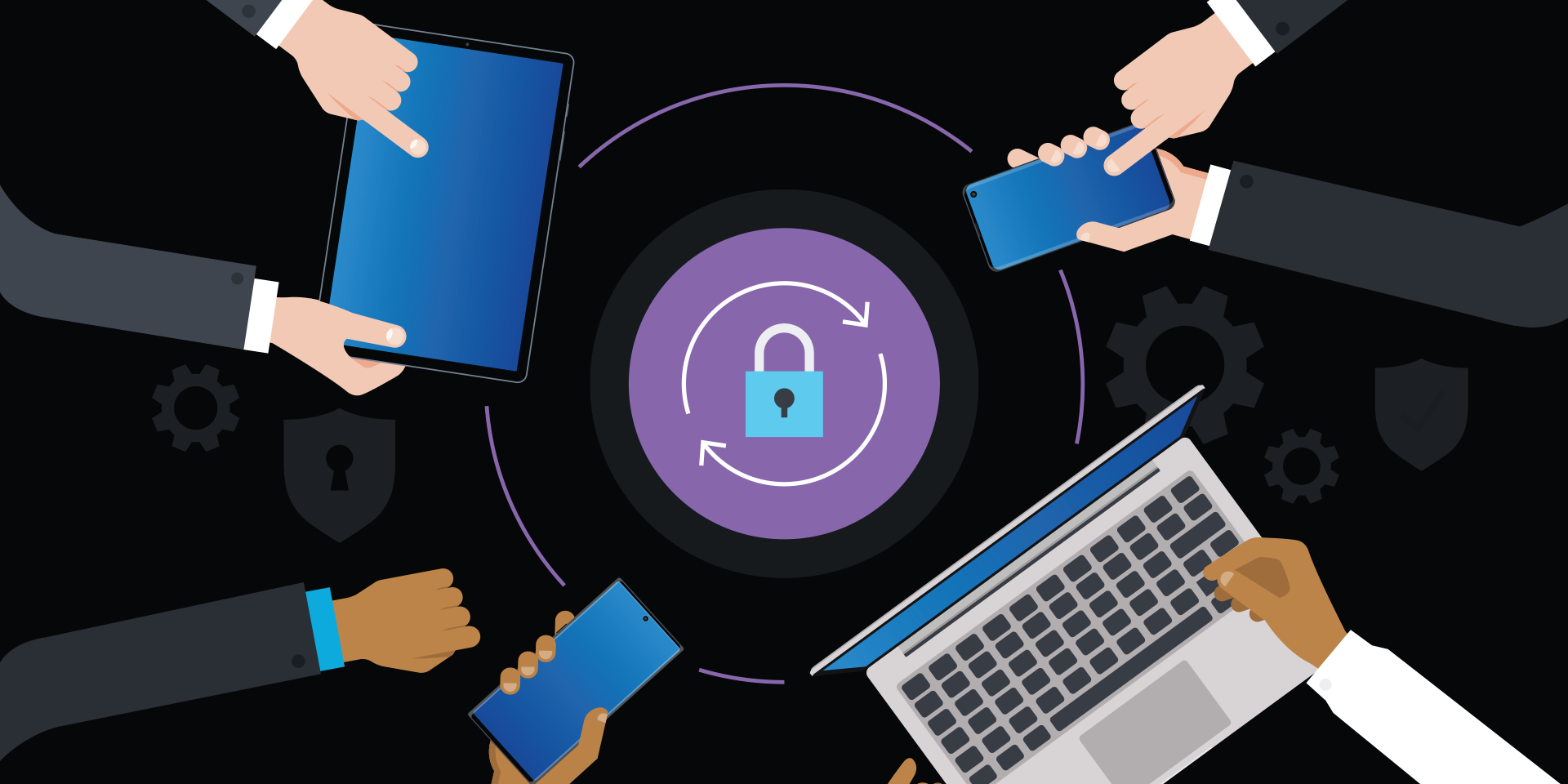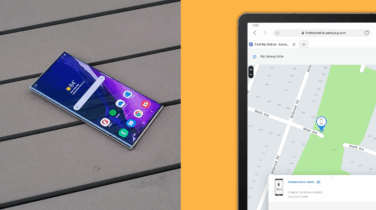Your smartphone is a powerful computing device that has access to much of your most sensitive business information and your most private personal information. Professional criminals are willing and able to invest heavily to steal that data from you.
Several trends have converged to raise cybersecurity threat levels. When computer viruses were first written, they were more difficult to distribute and spread more slowly. Internet connections were not ever-present, processors were relatively slow, and virus creation wasn’t as common.
Today, malware is big business. A vibrant dark economy trades on cyber tools, personal information and programmers for hire. The AV-TEST Institute registers nearly 400,000 new pieces of malware every day, almost all of it with the intention of illicit gains or outcomes, and mobile devices are an increasingly rich target for criminals.
Can a smartphone get a virus?
Like desktops and laptops, smartphones are susceptible to viruses, although many users have no idea.
The code that currently plagues smartphones and tablets has a lot more variety in design than the earliest viruses. In general, this malicious code is known as malware. AV-TEST breaks the problem into two categories: malicious programs (malware) and potentially unwanted applications (PUA). But for most users this distinction is not as important as the broad range of things these programs aim to do.
The paths to infection through mobile malware are many and varied, but here are a few examples of the most common ones:
- Malware can be embedded in a website or on a malicious Wi-Fi network that leaves behind code to redirect links to illicit sites or pretends to be a resource it is not. Its aim is to convince you to enter your credentials, making it possible for cybercriminals to steal your information.
- Adware can be installed on apps that grab data from other parts of the phone. This information can then be used to lure you into trusting emails or other communications in the future. This software is very hard to distinguish from legitimate software.
- Application software can be added to your device through websites or other apps that run in the background, either stealing your information or simply using your computer power and network connection to process information, such as mining cryptocurrencies or executing attacks on other web resources.
- Downloading apps from locations other than Google Play or official sites can result in your apps being replaced by copycat apps that actually carry fraudulent ad-clicking software.
Permissions granted
Companies are spending significantly on training users to refrain from clicking on unknown links in emails or open attachments. But even if users are making better choices on their PCs, they are more likely to initiate the exploit by errant clicking on their smartphone, according to Verizon’s “2020 Data Breach Investigations Report.”
One of the best things about smart devices is that they can help you make better decisions because they know your current circumstances. They show directions based on your location and suggest products and services based on a range of sensors and history. Unfortunately, users rarely question those pop-ups asking to grant permissions to their address book or share location information with an app.
Which antivirus software is best?
You should take a layered approach to protecting your hardware, software and systems and find solutions that are as smart as the criminals. You may want to start by taking a more serious approach to password management. Sticky notes and using a single password for everything can make you a target. It also means that old antivirus systems no longer serve their purpose.
When viruses were written less frequently and designed less diabolically, it was possible to stay protected by keeping your virus definitions and software up to date. But it can take days between the release of new malware and the time it takes to detect it, catalog it, add it to the antivirus protection and then update your device. The WannaCry virus was distributed to over 100,000 devices within minutes. Traditional antivirus didn’t protect anyone from WannaCry.
Mobile device management for beginners
Get started with MDM so your organization can spend less and do more — securely and efficiently. Download Now
You now need something that can protect you from code that lands on your device, without needing to update your device first. Modern antivirus doesn’t rely on matching code on the device to a list of bad code, sometimes referred to as a blocklist. Today’s protection uses machine learning (ML) to develop artificial intelligence (AI) algorithms that recognize malicious code and then quarantine it before it runs. Computers running an AI-based antivirus program were not infected or impacted in any way by WannaCry. Some reports suggest that current AI definitions of malware could protect computers and smartphones from malware that hasn’t even been written yet.
If you load an AI-based antivirus program onto your device and don’t even initiate updates, the program could still potentially catch a threat before it can cause any damage.
Do I really need antivirus on my Android?
Do you want to be safe or sorry? The more defenses and locked doors that criminals have to overcome, the better. The consequences of not having this inexpensive and unobtrusive line of defense can be disastrous for both individuals and small businesses.
Google continues to add to their defenses, which are built into the Google Play Store. But with 2.7 million apps and rising, even a very small percentage of misses is enough to spell disaster.
Samsung Knox provides another layer of protection, both for separating work and personal data, and for protecting the operating system from manipulation. This, combined with a modern antivirus solution, can go a long way toward limiting the impact of these expanding malware threats.
Learn how to stop threats before they occur: Download your free incident response playbook to plan against security breaches. And to stay even better prepared, discover four ways that phishing is evolving, and learn the best defense techniques for IT managers.








